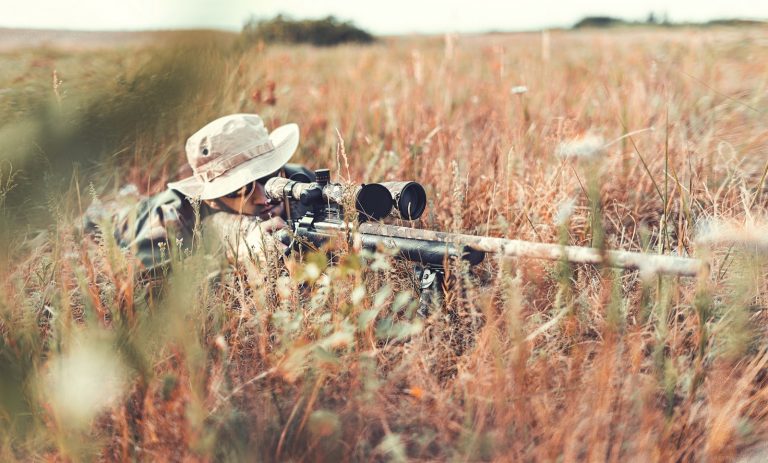Rifles are precision instruments, built for accuracy and stability, but even experienced shooters can err in ways that negatively impact their results — or worse yet — result in unsafe conditions. Together these common mistakes will hold your shooting back, instead of advancing safely and with higher skill levels whether you are a beginner or seasoned shooter. Here are six common mistakes when using rifles:
1. Improper Stance and Grip
From your stances and grips, it all started. A common mistake is taking a wrong stance, which results in low accuracy and even less stability. In particular, new shooters tend to stand too straight up and down or slouch over much of the rearward which greatly affects how you carry yourself at center so it all aligned correctly.
To prevent this from happening, keep your feet shoulder-width apart and distribute more of the weight. Lean a little bit into the shot and bend those knees slightly to take up some of that recoil when you pull off your first 50. Squeeze from hard but not tense to maintain control rather than over-strain your muscles.
2. Poor Trigger Control
Trigger control is a critical aspect of shooting accuracy. A common mistake is jerking or slapping the trigger, which can cause the rifle to move just as the shot is fired, leading to missed targets. This issue often stems from anxiety or anticipation of the shot.
The key to proper trigger control is smooth, steady pressure. Place the pad of your index finger on the trigger, and slowly squeeze it straight back, without any lateral movement. This technique helps you maintain the rifle’s alignment and improves shot accuracy. Practicing dry firing can help you develop this skill without the distractions of live ammunition.
3. Neglecting Rifle Maintenance
Rifle needs regular services like any mechanical device for performing its best. Failure to clean your rifle can cause the barrel of your gun to get clogged up with relevant debris which may result in alteration on the trajectory and could affect some level of accuracy. It can also lead to failures as well, and in extreme cases damage the gun.
Make it a habit to clean your rifle after each shooting session. Use a proper cleaning kit to remove any residue from the barrel and action, and apply the appropriate lubricant to keep everything running smoothly. Regular maintenance not only ensures the rifle’s longevity but also enhances its performance.
4. Incorrect Sighting and Zeroing
Rifles are equipped with sights or scopes to help shooters aim accurately, but these tools are only effective if they are correctly set up. One of the most common mistakes is failing to properly zero the rifle, which means aligning the sights or scope with the point of impact at a specific distance.
To prevent this you should spend sufficient time at the range zeroing your rifle. Place your target at a known distance and calibrate your sights or scope, to ensure you are consistently shooting dead center. But also, remember to watch and check the environmental factors like wind and temperature that can often affect bullet trajectory more than any mere calculations recalibrate as required.
5. Overlooking Breathing Techniques
Breathing might seem like an automatic function, but when it comes to shooting rifles, how you breathe can significantly impact your accuracy. A common mistake is firing the shot while inhaling or exhaling, which can cause slight movements in your body and affect the rifle’s stability.
The best practice is to fire during the natural respiratory pause—the brief moment after exhaling and before inhaling. At this point, your body is most stable, reducing the chance of movement that could throw off your aim. Practice timing your shots with your breathing to develop a steady rhythm.
6. Failing to Understand Ballistics
Understanding ballistics is essential for accurate shooting, yet many shooters neglect this aspect of rifle use. Factors such as bullet drop, wind drift, and muzzle velocity can all influence where your shot lands. Relying solely on point-and-shoot without considering these variables is a common mistake, especially at longer ranges.
Educate yourself on the ballistics of your specific rifle and ammunition. Use ballistic calculators or charts to predict bullet behavior over different distances and conditions. This knowledge will help you make more informed decisions when taking a shot, increasing your chances of hitting the target.
Rifles need more than a simple squeeze of the trigger to be used properly. By steering clear of these errors you can improve your accuracy, be safer, and have an overall better experience out there.

0 Comments